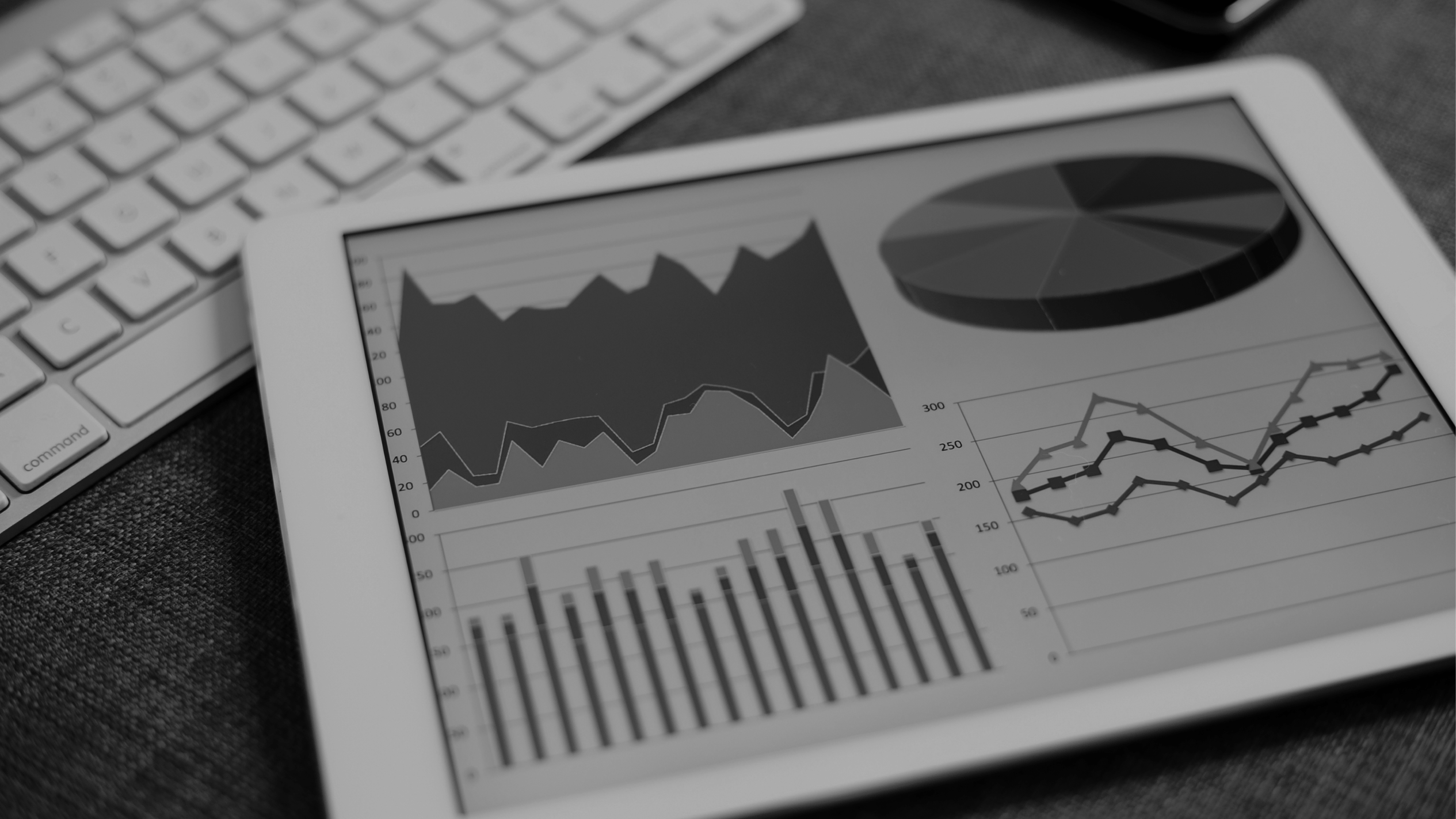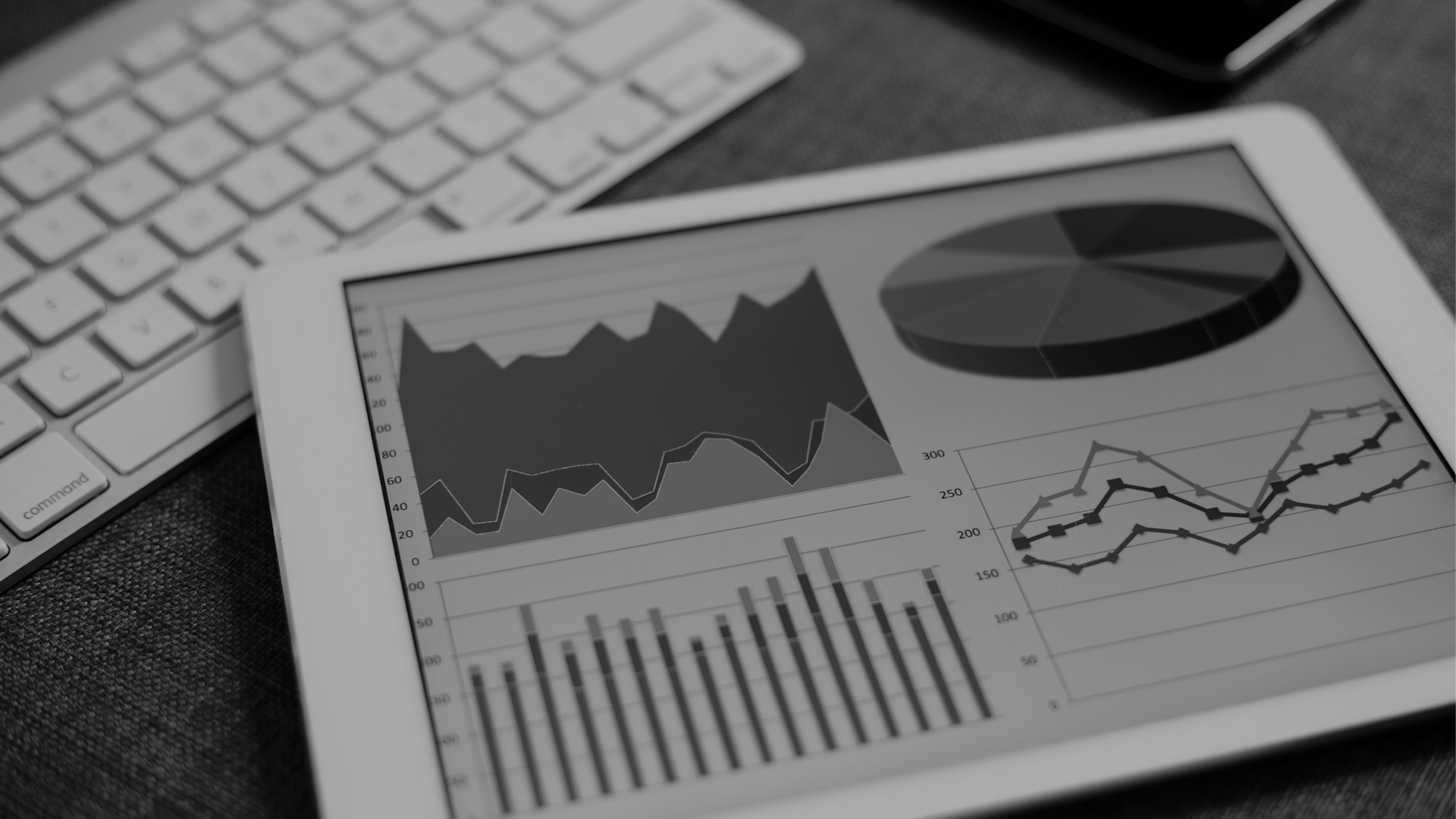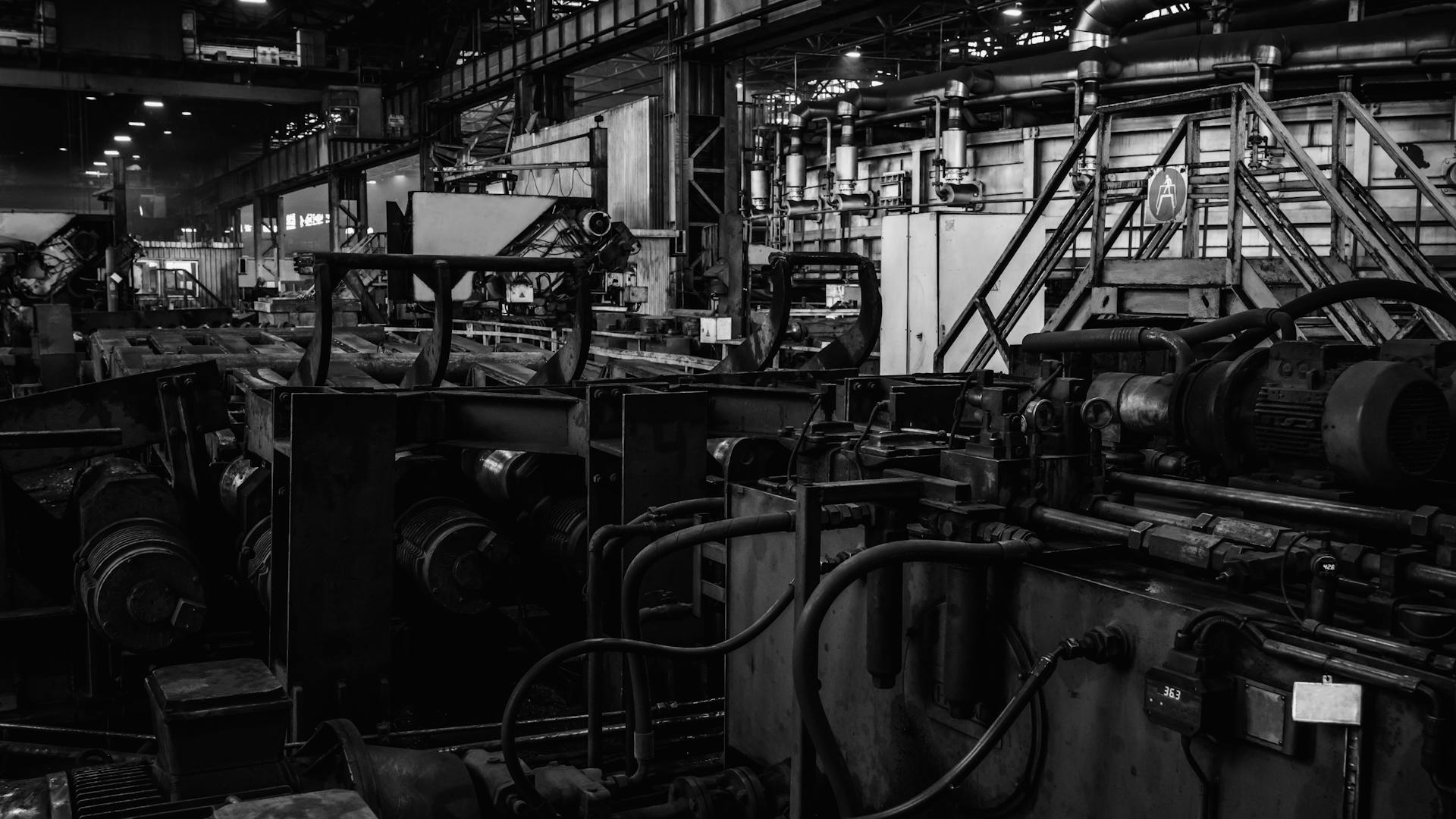As companies face mounting pressure to adopt greener practices, the gap between gathering data and taking meaningful action can be a major barrier. Software-as-a-Service (SaaS) analytics bridges this divide by converting raw numbers into understandable insights. By bringing together data dashboards and AI-driven analysis, businesses can spot inefficiencies early, reduce waste, and set more sustainable operational strategies.
Real-Time Dashboards
Centralized Data Views
SaaS analytics platforms consolidate information from different departments—such as manufacturing, supply chain, or facilities management—into a single, user-friendly dashboard. This ensures decision-makers have immediate visibility into key performance indicators (KPIs).
- One-Stop Shop: No more juggling multiple spreadsheets or software tools.
- Real-Time Updates: Stay on top of changes and address issues before they escalate.
- Easy Collaboration: Different teams can share a unified view, reducing miscommunication.
Instant Alerts
Automated notifications highlight significant deviations—like sudden energy spikes or unexplained drops in output. By flagging these changes in real time, organizations can act quickly and avoid resource overuse.
- Customized Triggers: Tailor alerts to specific thresholds or metrics.
- Early Intervention: Catch problems before they lead to costly waste or downtime.
AI-Driven Insights
Predictive Analysis
Beyond presenting numbers, SaaS analytics tools leverage machine learning and artificial intelligence to forecast trends. Businesses can predict production demands, energy needs, or supply chain delays, helping them plan for the future with greater accuracy.
- Demand Forecasting: Align production with market trends to minimize stockpiles.
- Resource Allocation: Identify where and when to use certain materials, reducing overall consumption.
Automated Recommendations
AI algorithms don’t just highlight issues; they can offer actionable suggestions. For example, a system might propose scheduling energy-intensive processes during off-peak hours or adjusting manufacturing parameters to reduce waste.
- Contextual Advice: Specific steps tailored to each department’s unique challenges.
- Continuous Learning: Recommendations improve over time as the system processes more data.
Use Cases for Sustainable Decisions
- Energy Management: Track real-time consumption across buildings, optimize HVAC settings, and schedule equipment usage to cut peak energy costs.
- Waste Reduction: Spot material or process inefficiencies, like overproduction or excessive packaging, and quickly adjust protocols.
- Transportation & Logistics: Combine route-planning algorithms with fuel consumption data to reduce emissions and lower shipping costs.
- Carbon Footprint Tracking: Aggregate data from multiple sources to calculate total emissions, then set and monitor clear sustainability targets.
Conclusion
SaaS analytics transform raw data into tangible guidance that helps businesses become more resource-conscious and efficient. By using dashboards for real-time visibility and AI-driven insights for proactive strategies, organizations can identify inefficiencies early and execute solutions that lower costs and shrink their environmental impact. In today’s competitive landscape, these data-to-action platforms are not just “nice to have” but essential for staying ahead—and staying green.




